If you want to get well and truly lost, there are few better cars in which to be than an Aston Martin DBS Superleggera. And I mean that both literally and figuratively.
In the literal sense this car is so broadly defined there’s nowhere beyond the city limits to which it is not suited. When you have a car like this, there’s a fabulous freedom to be enjoyed by just heading into the unknown. Get held up (unlikely with 715bhp, I know, but it happens), you just turn onto another road. Or turn around. Do that for a couple of hours in any car and it’s amazing how far you can go and how much fun you can have. Do it in a Aston Martin DBS and you might just end up having the time of your life. It is one of the greatest Astons, a treat for the senses whether you like catapulting down short straights or oozing through long corners. It has the looks, the performance, the handling – the lot.
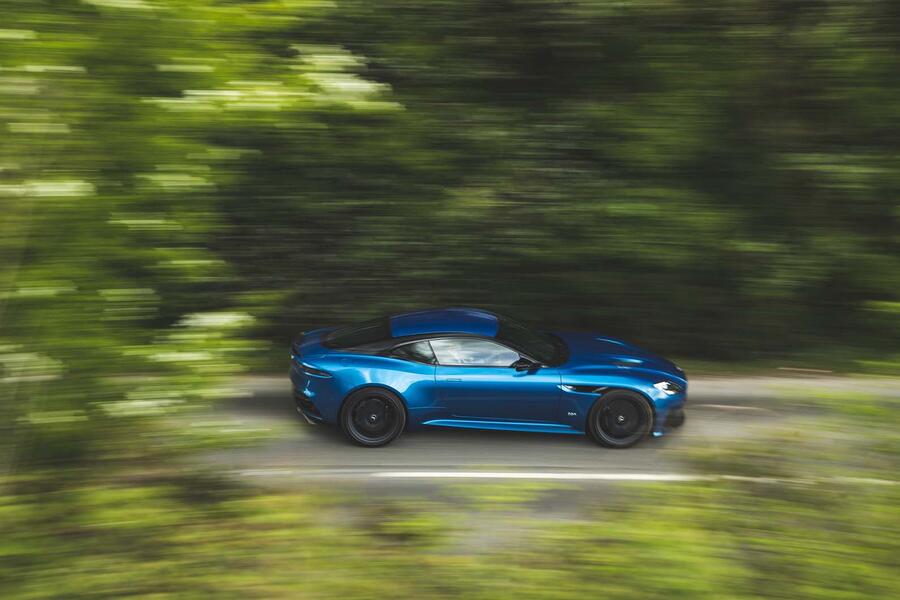
But there’s that other kind of lost, too, at which the DBS is no less adept. The kind of lost you get between the ears, when you have a long motorway journey, there’s nothing on the iPhone you’d rather be listening to more than the distant hum of a V12, and the part of your mind that’s not concentrating on driving is allowed to do some of its own adventuring and take a few of its own turns.
And yes, the M4, A34 and M27 are not what you might call dream roads, but getting lost this way does have benefits, none more so than being able to take advantage of the fourth dimension we call time. And given my destination, it was perhaps no surprise that my mind should wander back 60 years, to the West Sussex race track in whose direction the elegant prow of the DBS is now pointing.
Goodwood. There have been some remarkable happenings since racing first came to the former RAF airfield in 1948, but perhaps none so unlikely as Aston Martin’s participation in the 1959 Tourist Trophy, victory in which would also bring the World Sportscar Championship, the world’s most prestigious prize in closed-wheel racing. Just for a start, it was a race Aston Martin had not even intended to enter.
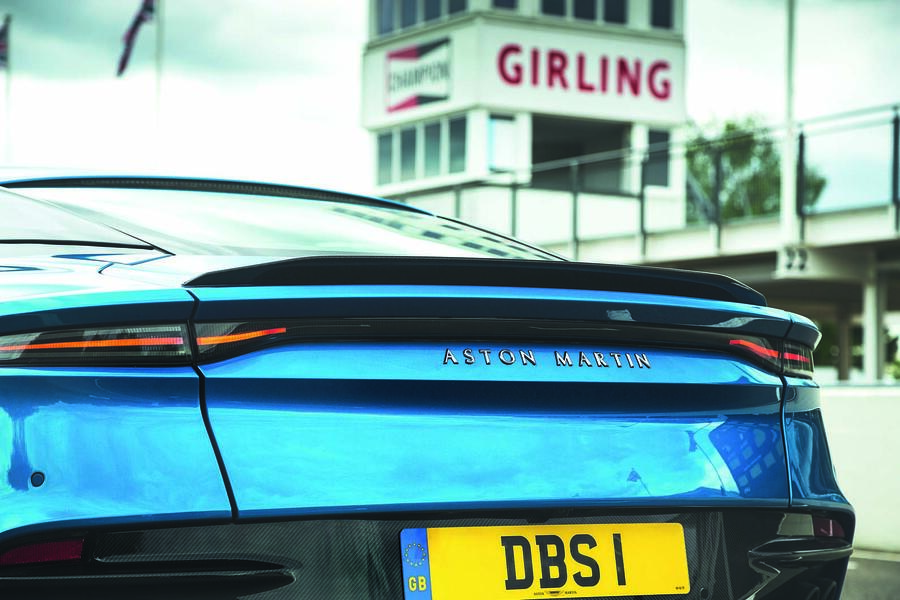
Today it’s not widely known that Aston Martin was making racing cars for years before it became a road car manufacturer, and by the 1950s the Le Mans 24 Hours was as it remains today: the most important race in the world and the one you’d give up every other race to win. Which in 1959 is exactly what Aston Martin planned to do. It was their tenth consecutive attempt to win as a serious factory team, an effort that had yielded just two second places. So for 1959 Aston Martin decided to forget the championship which it was presumed Ferrari would claim with ease, and pile the entire effort into Le Mans. Which was fine for all bar one of their drivers.
Who was Stirling Moss. He had won the Nürburgring 1000km the year before in an Aston Martin DBR1 and fancied his chances of doing it again. So he asked team manager John Wyer if he could borrow the spare car. Wyer told him to forget it, and kept on telling him to forget it until Stirling said he’d pay all the expenses if he could keep the prize money. Wyer relented, sent the one car, a skeleton crew and Jack Fairman as a co-driver, and win they duly did.
Moss was then instrumental in Aston Martin winning Le Mans. His job was to set a pace so furious the theoretically quicker Ferraris would wilt under the strain of keeping up. And while he would retire, so did the Ferraris, leaving his slower team-mates to mop up first and second places.

Which means that in a five-round championship where only your best three results were allowed to stand, Aston Martin had already won two. What’s more, the final round was the Goodwood TT, a circuit to which the DBR1 was ideally suited. So of course they entered. As the flag fell any one of Aston Martin, Ferrari or Porsche could have ended the day as world champions.
Stirling built a healthy lead before handing over to team-mate Roy Salvadori. It was all going swimmingly – until the next refuelling stop, when Salvadori, the car and the Aston Martin pits all went up in flames. Happily Roy was extinguished with only minor burns, but the car was believed too damaged to continue and the pits were gone. It was all over.

Or was it? Further down the pit lane an Aston customer and racer called Graham Whitehead was minding his own business. He was approached and asked if he’d withdraw his car from the race and hand over his pit garage. Amazingly, and I hope in exchange for free Astons for life, Whitehead agreed. So they had somewhere to run the race. All they needed now was someone to go out and win it. They needed Moss.
The next best Aston was a long way back and it was instructed to pit, its drivers thanked very much and the car given to Stirling – who did what only Stirling could do, beating Porsche and Ferrari not just to the flag but also to the World Sportscar Championship. The victory was the culmination of the greatest year in Aston Martin’s racing endeavours, before or since.
Is it a fool’s errand to invite comparison between Aston Martin road and racing cars born 60 years apart? Probably. One has a normally aspirated 3.0-litre straight six driving through a difficult five-speed manual ’box, the other a 5.2-litre twin-turbo V12 directing its power through a super-sophisticated eight-speed ZF auto. I’ve been lucky enough to drive the actual DBR1 that won at both Le Mans and Goodwood and it is a proper weapon, a raw and snarling beast that scared me quite a lot in a few laps of Silverstone, so what it would have been like for 24 hours at Le Mans with 50 other cars to find your way around is quite hard to imagine. By comparison, the DBS is long-legged and languid, as friendly and easy a GT as you could imagine.
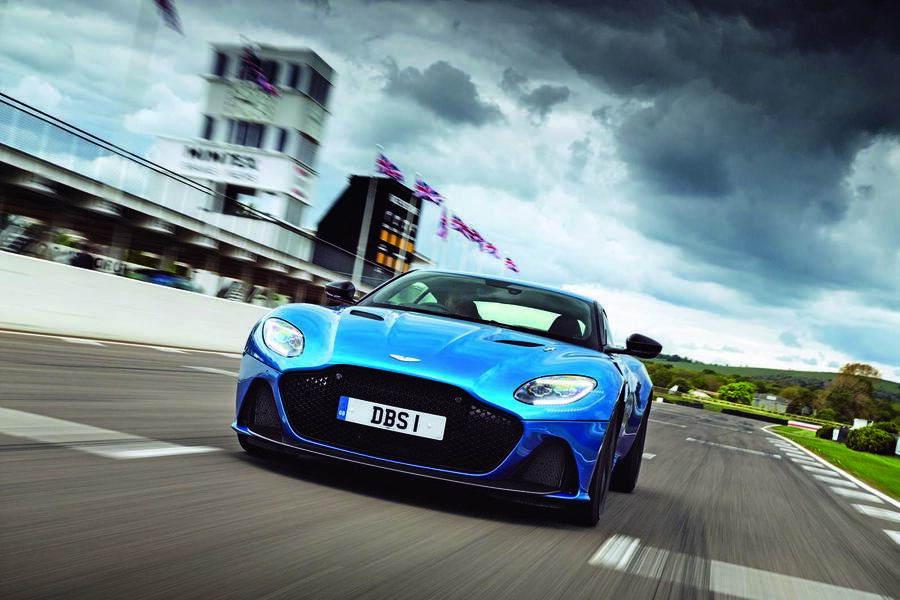
And yet… I reckon if you removed their badges and asked a random enthusiast who’d never seen either before to name them, they’d guess Aston for both every time. They share a sculptural beauty and sense of purpose, and their performance is not as far apart as you’d expect: the old car had around 270bhp but weighed less than 860kg; the DBS has 715bhp but has almost double the mass. Racing in the 2005 Goodwood Revival, the DBR1 did a lap in 1min 27.7sec, and while the DBS could probably lap more quickly, you’d need to be pretty useful and trying quite hard to do it.
But such comparisons are unfair: while the DBR1 can be driven on the road (all sports cars back then had to be road legal), it would be more out of depth in the DBS’s preferred environment than vice versa. So I do a gentle lap in the DBS, feeling the car glide from apex to apex. No other track flows quite like Goodwood, and with the gentle howl of the V12 in my ear soon I’m lost all over again: no longer am I a middle-aged bloke and merely competent amateur racer, I am Stirling hunting down the Porsche and Ferrari with the ultimate prize in sports car racing at stake. I’m drifting in top through Fordwater at 130mph or more, sliding into St Mary’s in fourth and hammering down the Lavant Straight towards home.
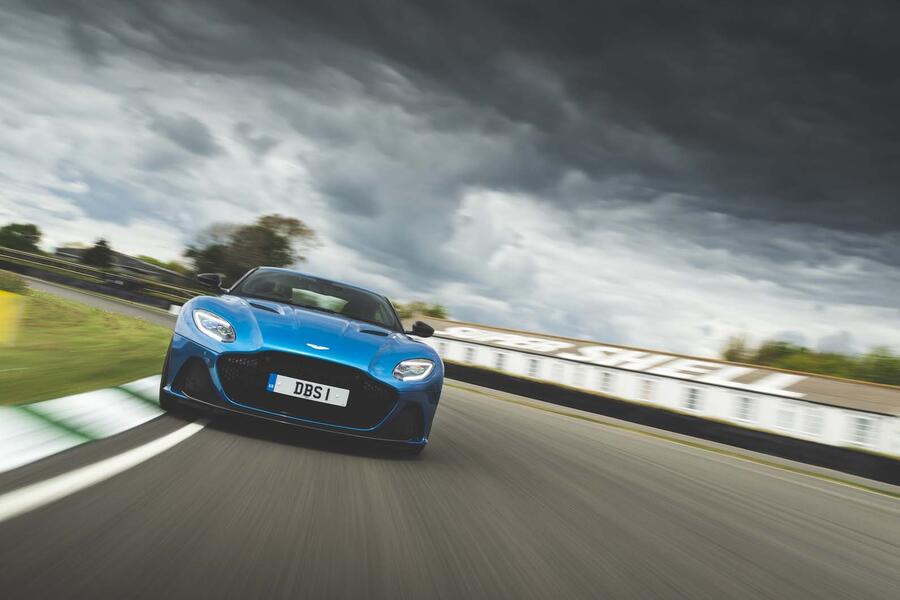
And there’s the flag. The crowd erupts as I pass what’s left of my incinerated pits. I complete my victory lap, waving to my adoring fans and come in, nonchalantly pushing my goggles onto my forehead and cutting the engine to coast to halt in front of my cheering team.
Either that or I complete one of the slowest laps ever done by an Aston Martin to the deafening silence of a crowd that isn’t here, head for the exit and waft home. That’s the thing with the DBS Superleggera: it gives you the choice. Wherever you want to go, however you get there and whatever you do when you arrive, it just works. Because of this, it is as surely one of the world’s great GTs as the DBR1 is one of the world’s great racing cars.
Moss’s ‘Ring rout
The Nürburgring race was almost as remarkable as Goodwood. Moss got a huge lead, then handed over to Fairman who beached the car on a bank. He somehow lifted the car back onto the track – a car with a gearbox between its back wheels – and drove to the pits where Moss had changed back into civvies, having been told they had retired. Stirling blasted back into the race over a minute behind two works Ferraris, overtook both within three laps, then did it all again after Fairman’s final stint, winning by 31 seconds having driven for six of the race’s seven-and-a-half-hour duration.
Read more
Aston Martin DBS Superleggera: The five-star Autocar review
Aston Martin DBS Superleggera Volante: 211mph drop-top shown in London​
Goodwood Festival of Speed news​






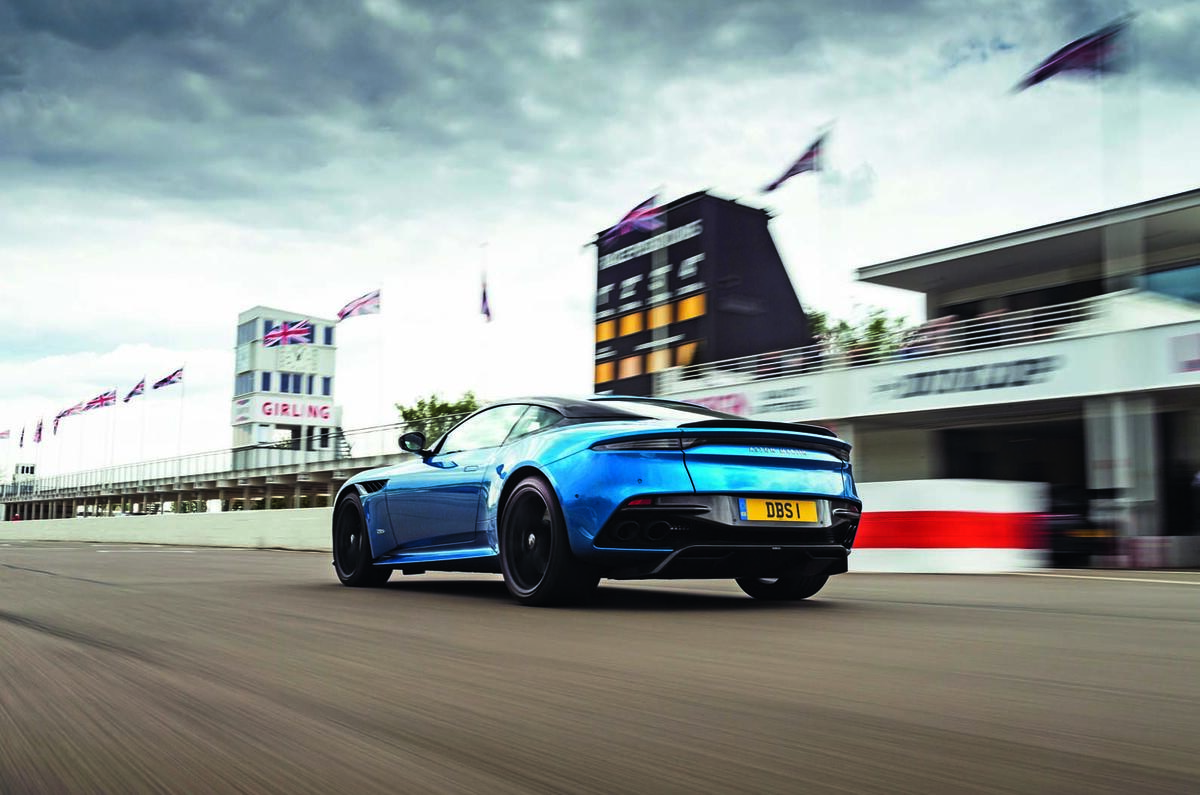
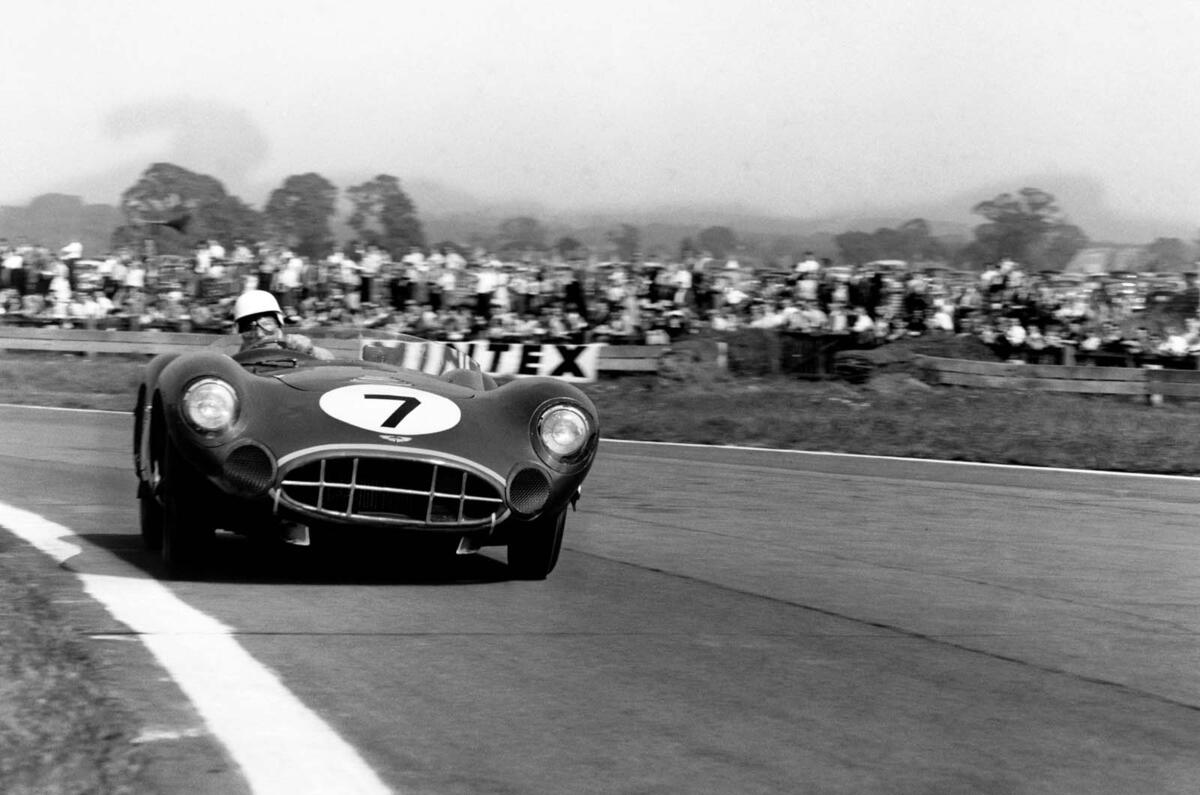
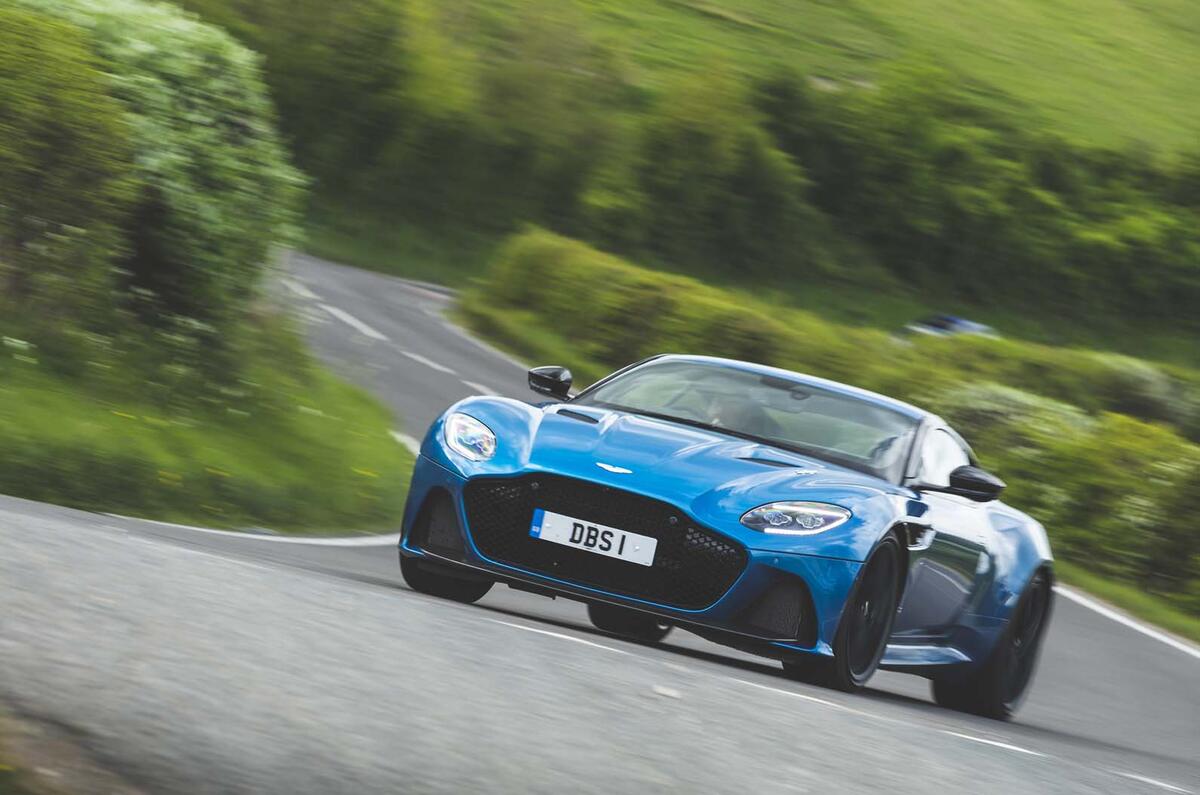




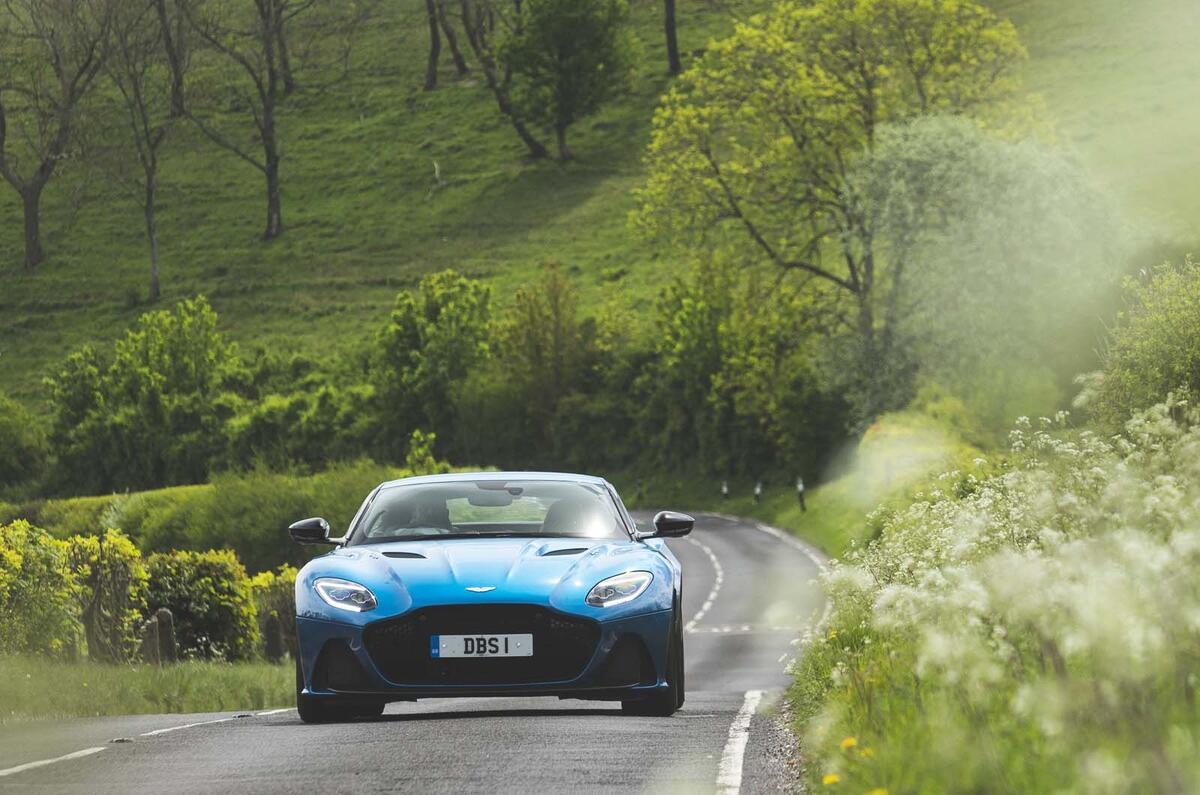


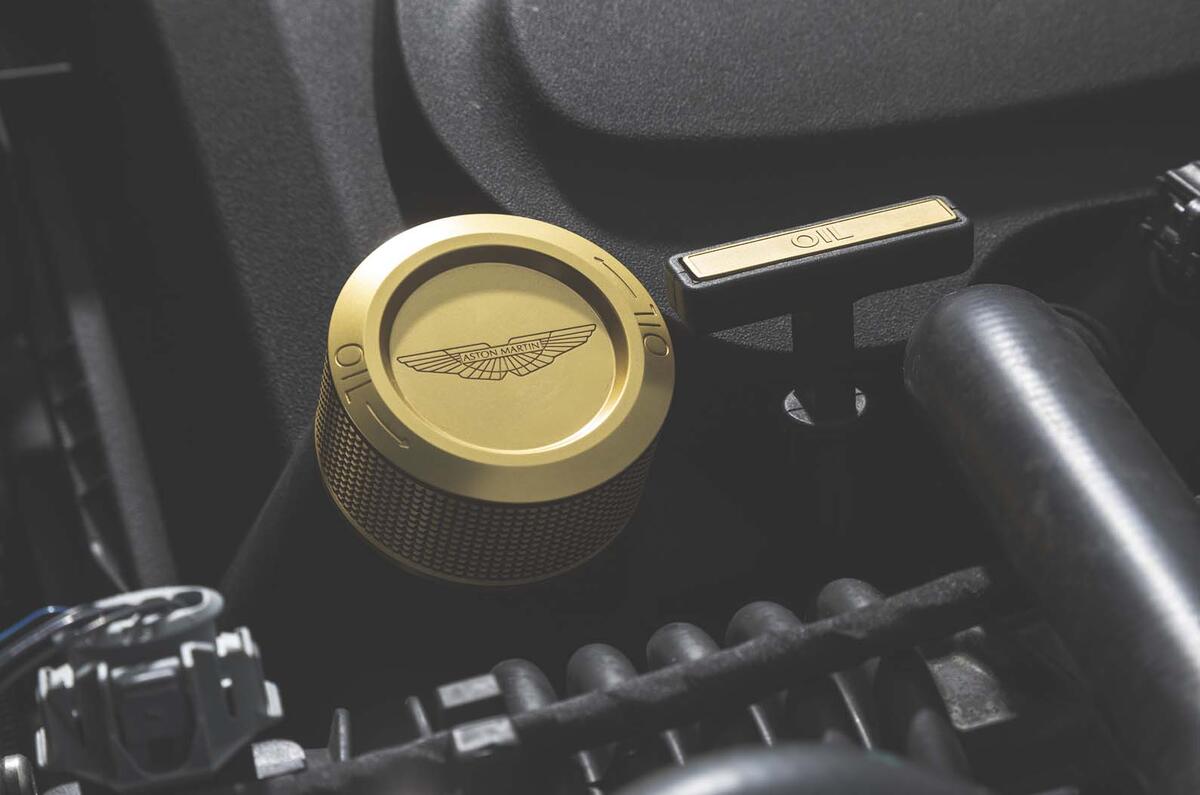








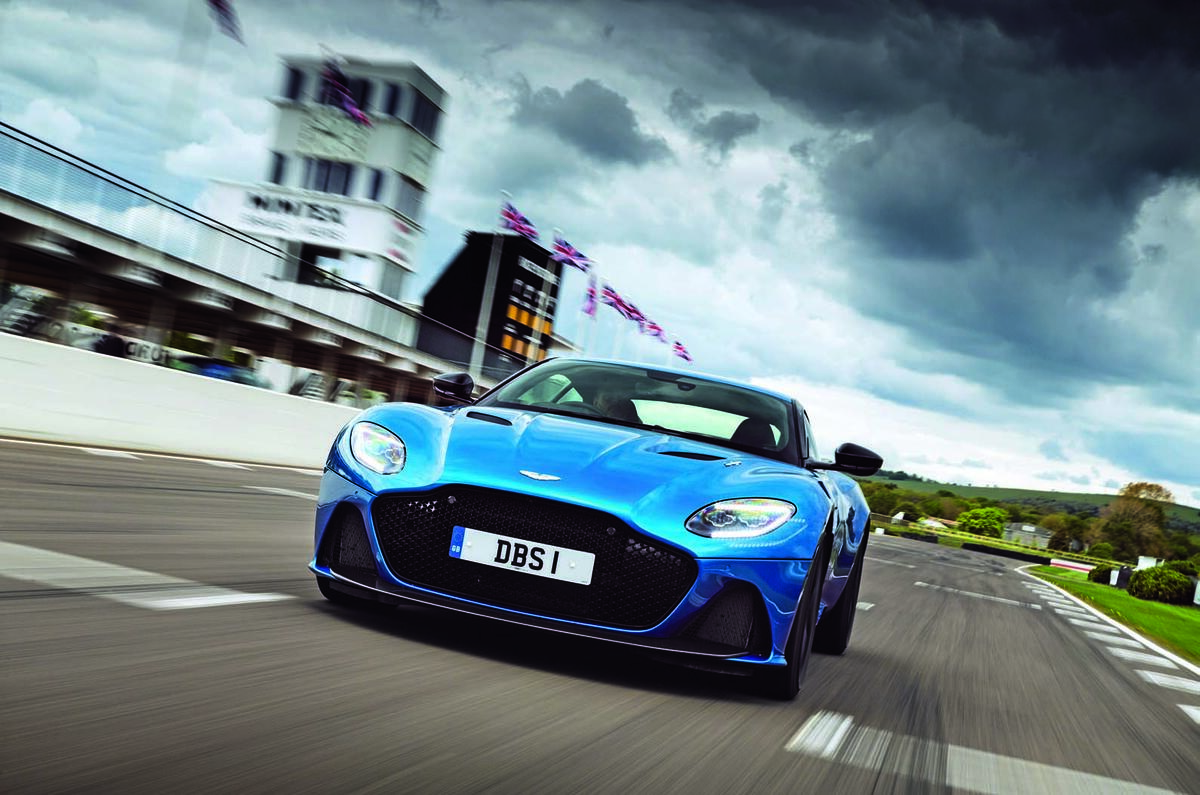


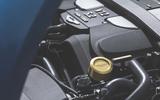

















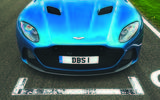






Join the debate
Add your comment
This could been 007 car in
This could been 007 car in Bond 25 instead of that concept car.
Aston Martin DBS
Reminds me of the 1980's writers for Car Magazine.
DBS
Well said Tilly. Wonderful, emotive writers, I’ve kept many articles. They painted a picture and helped you experience the moment.
Lover of cars wrote: